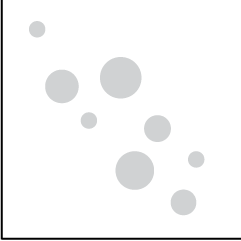The gift-giving season is here, and you’re probably wondering what to get everybody. You can only give so many neck ties, and you gave gift cards to Best Buy last year. So here’s some help. Here are some gifts that will rock the socks off any data geek.
FlowingPrints – Obviously an excellent choice. I’m a little biased, yes, but still great :). Use the code gimme50off to get 50% when you buy two prints or more. Deal ends this Friday.
The Visual Miscellaneum – This book covers a wide variety of topics with lots of pretty infographics. Read my glowing review.
Data Flow: Visualizing Information in Graphic Design – More design-focused than the above with many many examples from various visualization people and designers. Read my review here.
The Visual Display of Quantitative Information – It’s Edward Tufte’s first book. Always a crowd-pleaser.
Beautiful Data: The Stories Behind Elegant Data Solutions – Exactly what the title says. It’s a collection of essays from experts in the data arena, except for the first chapter. That was written by some lamebrain.
Processing: A Programming Handbook for Visual Designers and Artists – Maybe your data geek is just getting into visualization. Processing is a great place to start, and this book provides plenty of guidance.
WallStats – The most recent 2010 infographic poster for where you tax dollars go. Get 50% off two or more posters when you use the code flowingdata.
Ambient Devices – Get all data all the time with these devices. The orb is my favorite.
Got any more data gift ideas? Let us know in the comments.
Visit datavisualization.ch for more ideas on how you can surprise your data fiend this season.




 Visualize This: The FlowingData Guide to Design, Visualization, and Statistics (2nd Edition)
Visualize This: The FlowingData Guide to Design, Visualization, and Statistics (2nd Edition)










